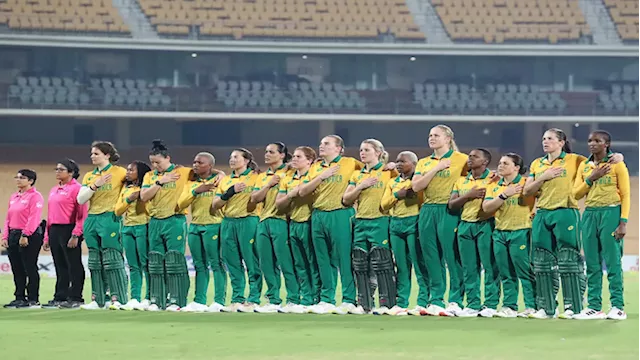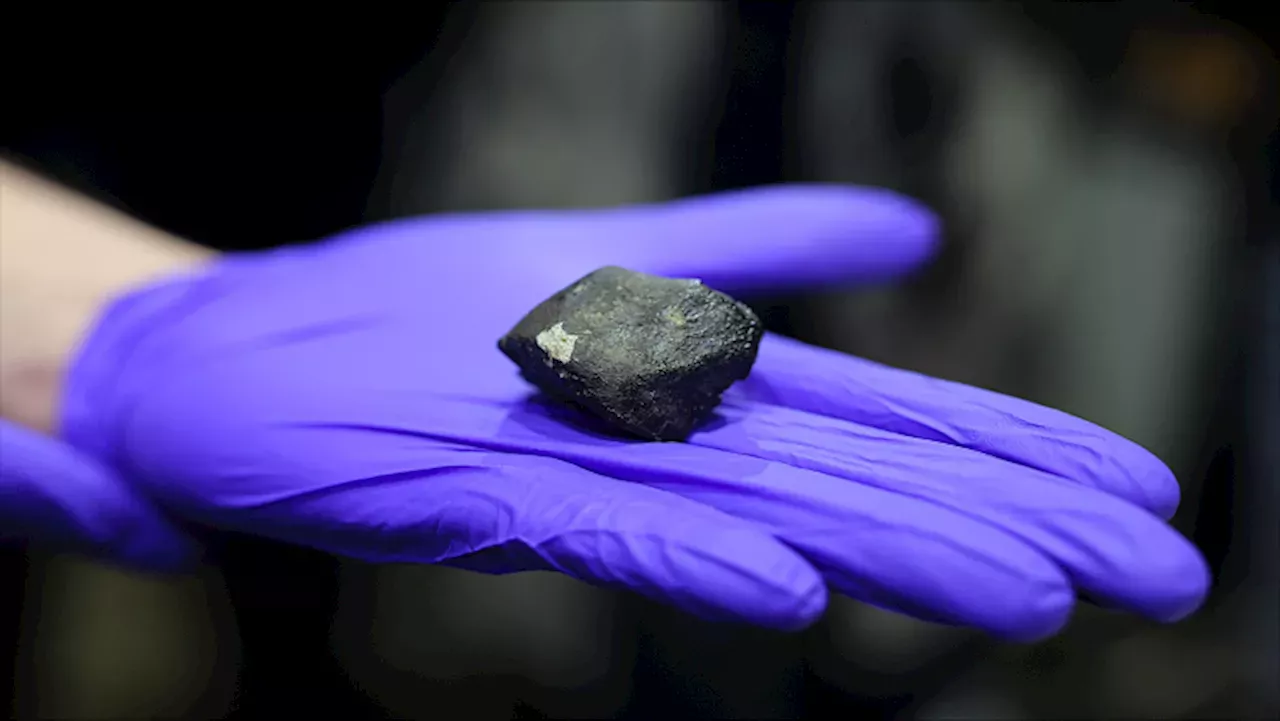Scientists say the meteorite that fell in parts of Nqweba, formerly Kirkwood, in the Eastern Cape is one of the rare ones. The Wits, Rhodes and the Nelson Mandela Universities trying to piece together the timeline of the meteorite and the origin thereof.
A tiny piece of rock holds many answers to many questions. These kinds of fragments fell over a space of 100 kilometers as reports came from Cape St Francis as well as Kirkwood. A very rare occurrence as only 52 such events have ever been recorded in South Africa. “For your everyday citizen it’s a cool thing to see and to witness. As much as it means a lot for the science world, it’s also a big deal for our social experience. People must understand that things like this don’t happen often. So, to be here and to bear witness to it, is really something special,” says Dr Carla Dodd, Nelson Mandela University Post Doctoral Researcher.
Meteors enter the earth atmosphere every day. But most of them are as small as dust particles once they have broken down. It is suspected that the meteorite that hit the Eastern Cape was only one meter in size before breaking up into thousands of pieces. Bigger ones hitting earth are still a possibility.
“I mean definitely. It’s very possible that we can have a bigger meteorite hit the earth. And the impact can be catastrophic. If you think of the force that the literal ball of fire falls with. One can only imagine the impact if it had to be kilometers in length,” says Prof Roger Gibson from Wits School of Geoscience.“When we think of heritage we think of culture and what our ancestors and forefathers left us. It’s not just that. It’s our land and earth the skies and seas and also space.
المملكة العربية السعودية أحدث الأخبار, المملكة العربية السعودية عناوين
Similar News:يمكنك أيضًا قراءة قصص إخبارية مشابهة لهذه التي قمنا بجمعها من مصادر إخبارية أخرى.
 'Springboks-All Blacks clash celebrates rugby’s greatest rivalry' - SABC News - Breaking news, special reports, world, business, sport coverage of all South African current events. Africa's news leader.The match will also be broadcast live on SABC 2, SABC Sports channel and streaming platforms.
'Springboks-All Blacks clash celebrates rugby’s greatest rivalry' - SABC News - Breaking news, special reports, world, business, sport coverage of all South African current events. Africa's news leader.The match will also be broadcast live on SABC 2, SABC Sports channel and streaming platforms.
اقرأ أكثر »
 Proteas women announce T20 World Cup squad - SABC News - Breaking news, special reports, world, business,Du Preez says the team's tour to Pakistan will be crucial to get their winning momentum back.
Proteas women announce T20 World Cup squad - SABC News - Breaking news, special reports, world, business,Du Preez says the team's tour to Pakistan will be crucial to get their winning momentum back.
اقرأ أكثر »
